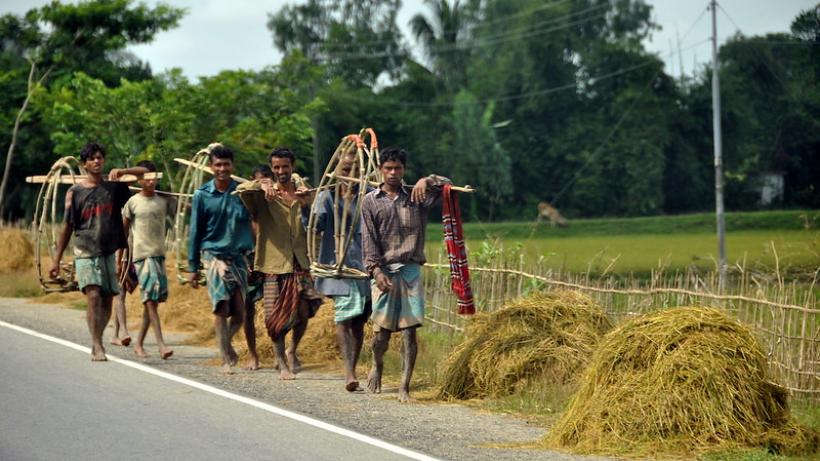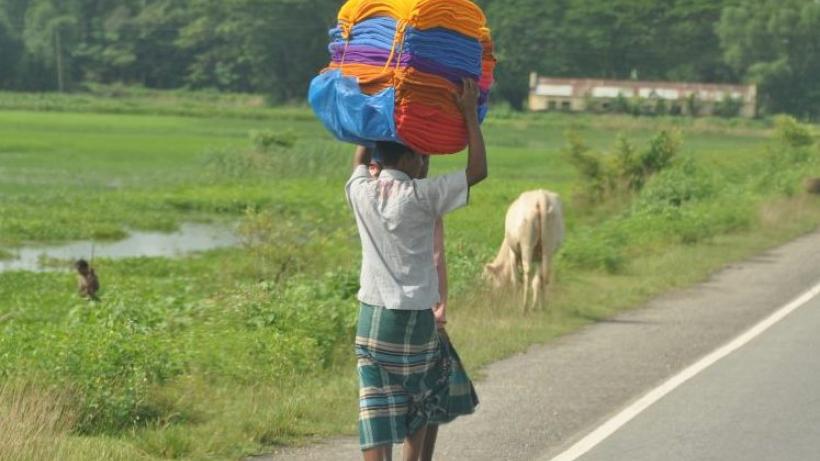Encouraging seasonal migration to mitigate the consequences of a seasonal famine in rural Bangladesh
In the worst-affected region of Bangladesh, during the annual seasonal famine, incomes decrease by 50-60% and expenditures on food drop by 10-25%. The government has instituted food or cash-for-work programs, while NGOs attempt to enhance income and employment mostly through credit and to a lesser extent through job training and marketing initiatives. However, there is a need for long term solutions rather than consumption-smoothing interventions.
The project studied the effects of addressing seasonal poverty by offering a migration subsidy to participating households, covering the cost of a round-trip bus fare to nearby urban areas that do not experience the same seasonal fluctuations in job opportunities.
Research results
- Households receiving a migration subsidy were 61% more likely to migrate than comparable households.
- Migrant households registered higher household expenditures and an increase in 550-700 calories consumed per day — an amount equivalent to an extra meal per person/per day during the lean season.
- Households that received a migration subsidy were more likely to continue sending out a temporary migrant one and three years later, indicating that they experienced benefits from migration and built a link to future employment opportunities at the destination.
The migration subsidy programme ‘No Lean Season’ was brought to scale in 2017 by Evidence Action, and international NGO based in the US, and RDRS, an NGO in Bangladesh, to almost 700 villages in 2017. Monitoring of this scale-up revealed mixed results: Evidence Action saw some challenges with implementation and lower-than-expected take-up rates. The programme did not have the intended impact on encouraging migration, with subsequently no increase in income or consumption. Evidence Action is currently adjusting the programme to improve delivery and targeting, with results from a second RCT-at-scale in progress.









